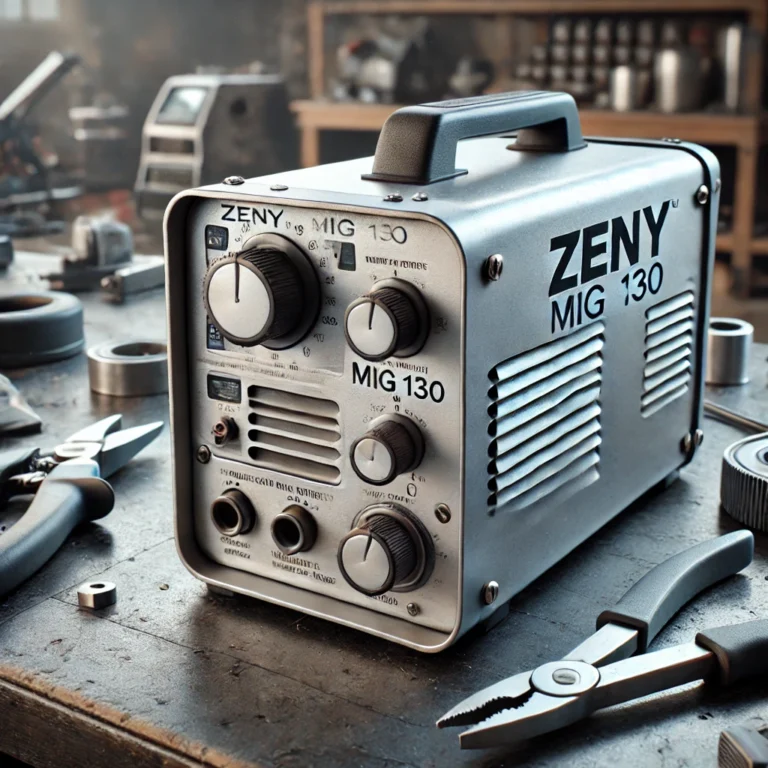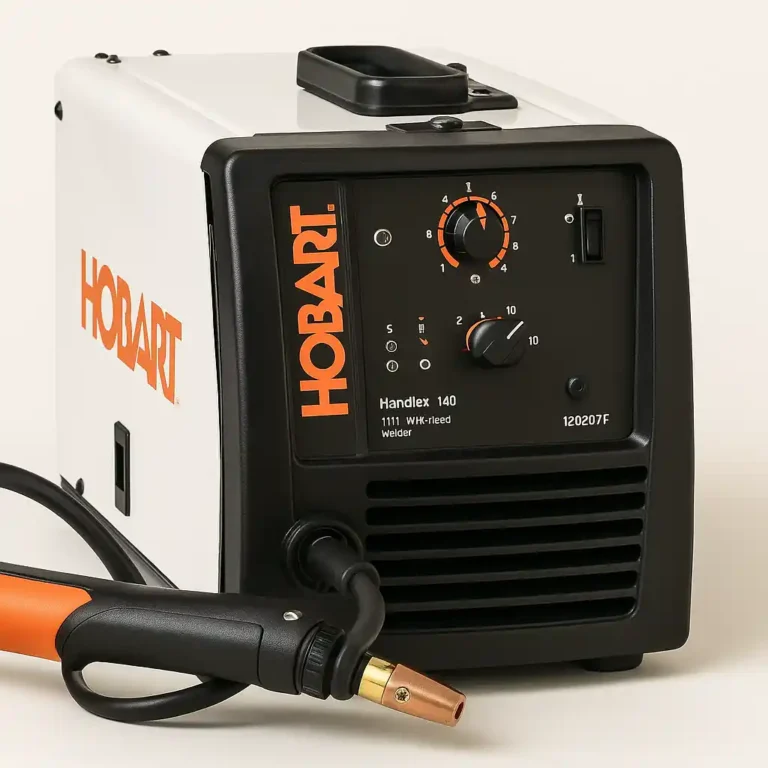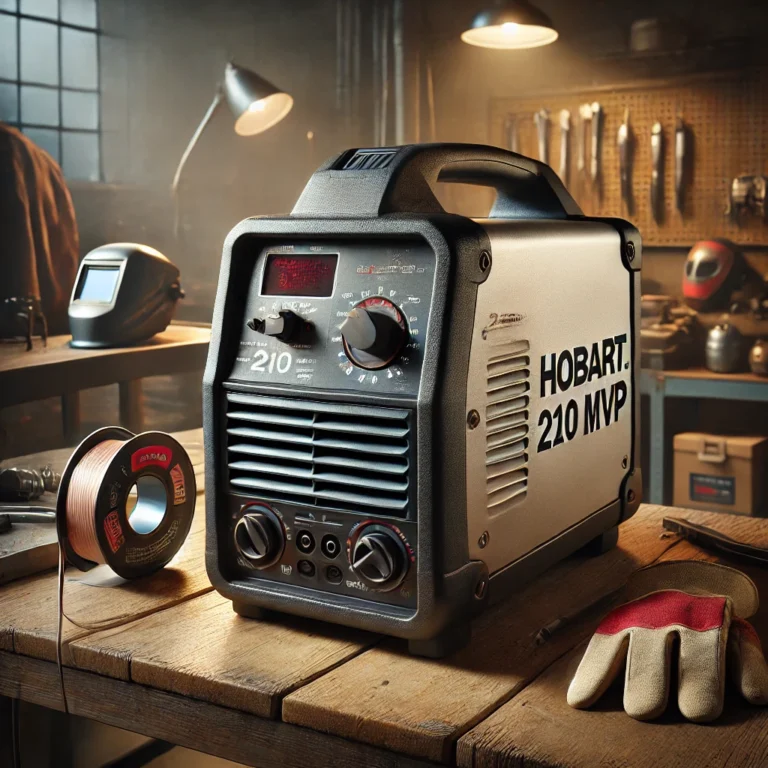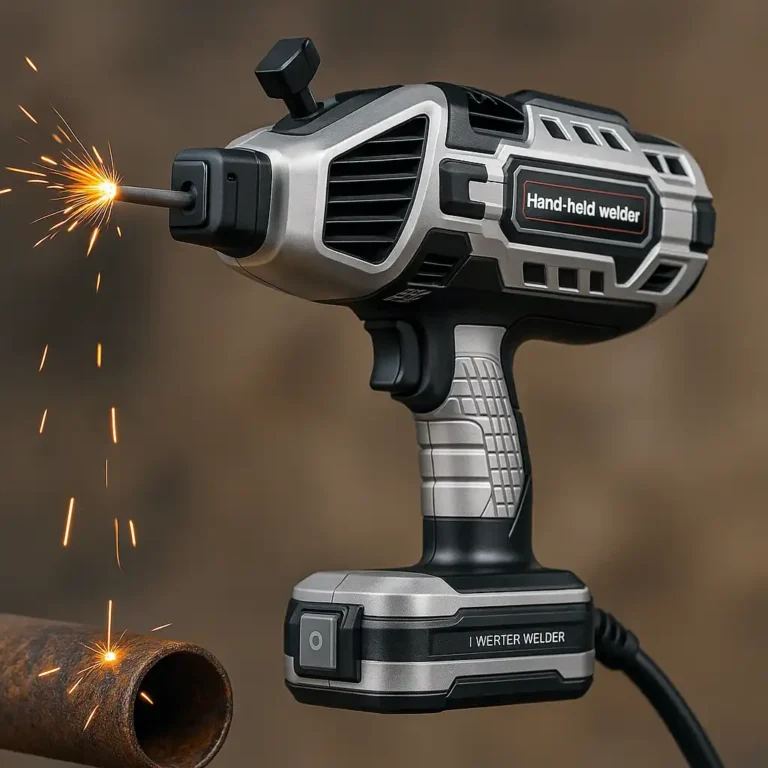Lincoln 140 HD Review: A Reliable MIG Welder for Everyday Projects

If you’re looking for a compact, capable MIG welder that works straight from a standard 120V outlet, the Lincoln 140 HD stands out as a solid contender. Known for its user-friendly design and clean weld performance, the Lincoln Electric Weld Pak 140 HD is a popular choice among home fabricators, DIYers, and light-duty professionals. In this detailed review, we’ll explore what makes the Lincoln 140 HD a favorite, where it performs best, and why it might be the right fit for your next welding setup.
Lincoln Electric Weld Pak 140 HD Wire-Feed Welder-K2514-1 Review
The Lincoln 140 HD is a 120V wire-feed MIG welder that offers excellent versatility and smooth operation in a lightweight, portable package. Built with Lincoln Electric’s signature quality, the machine supports both flux-core and gas-shielded MIG welding processes. It can weld mild steel up to 5/16″ thick, making it ideal for general metal repair, small fabrication jobs, auto body work, and farm maintenance tasks.
One of its biggest draws is the intuitive control panel, which includes clearly labeled dials for voltage and wire feed speed. Setup is quick, even for beginners, and the smooth arc performance helps reduce spatter and cleanup time. It also comes with Lincoln’s trusted Magnum 100L gun and a sturdy drive system, ensuring consistent wire feeding and reliable welds.
Power and Performance
While running on household 120V input, the Lincoln 140 HD offers a welding output range from 30 to 140 amps. That’s more than enough for most DIY and light shop projects. It’s not intended for heavy industrial welding, but it excels in light fabrication and maintenance tasks. The duty cycle is 20% at 90 amps, which is standard for this class of welder and suits short welding intervals well.
The machine can handle a variety of wire types and diameters, including .025″, .030″, and .035″ solid or flux-cored wire. This makes it suitable for welding steel, stainless steel, and even some aluminum, provided you have the right setup and spool gun.
Build Quality and Portability
At around 50 pounds, the Lincoln 140 HD is easy to move around your garage or workshop. The metal case is durable, and the internal components feel rugged enough to withstand regular use. The included accessories are high-quality, and the machine is compatible with a wide range of Lincoln and aftermarket parts. Users often appreciate its reliability and the overall feel of a well-engineered tool.
Who Should Buy the Lincoln 140 HD?
This welder is ideal for:
- DIY enthusiasts and hobbyists
- Home garage or auto body work
- Light-duty fabrication shops
- Maintenance and farm repair projects
If you need a simple, plug-and-play machine that delivers consistent results without the hassle of 220V wiring or industrial specs, the Lincoln 140 HD is a smart choice.
Conclusion
The Lincoln 140 HD delivers excellent value for light welding applications. With its user-friendly controls, solid build, and clean performance, it’s a go-to welder for beginners and skilled DIYers alike. Whether you’re fixing a trailer, building brackets, or patching up a car panel, this machine handles the job with reliability and ease.






